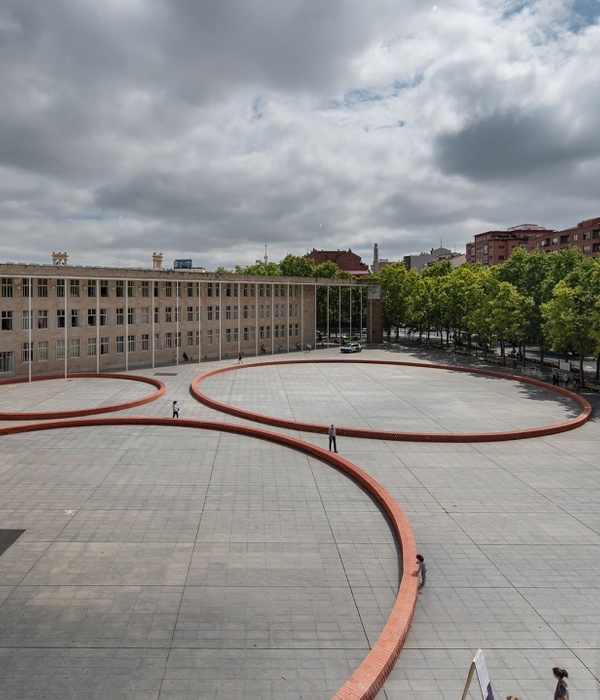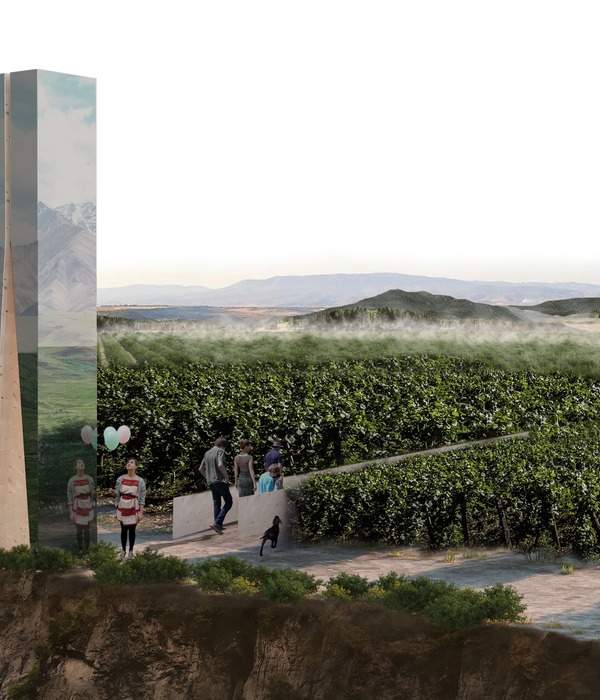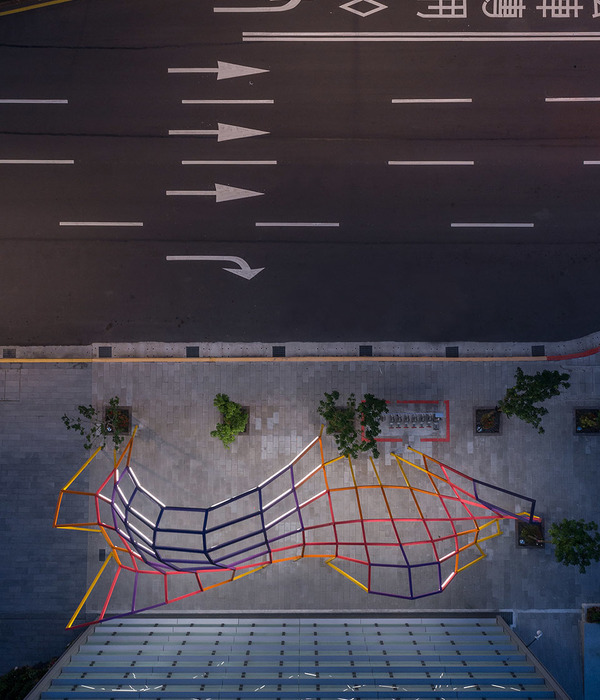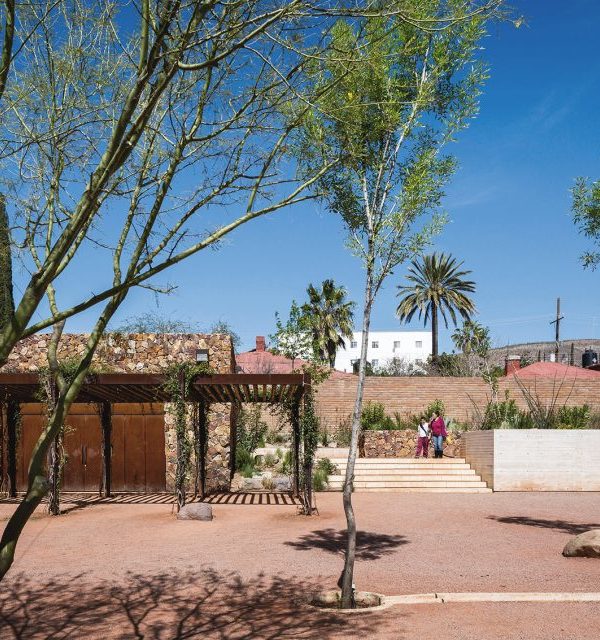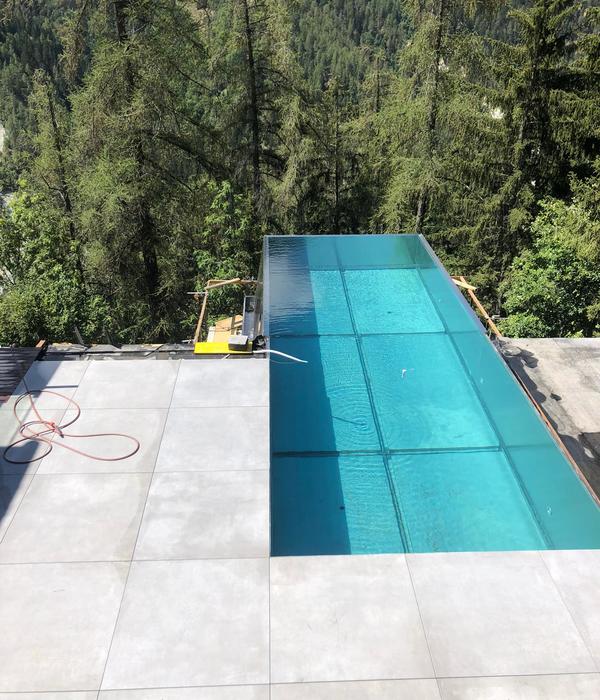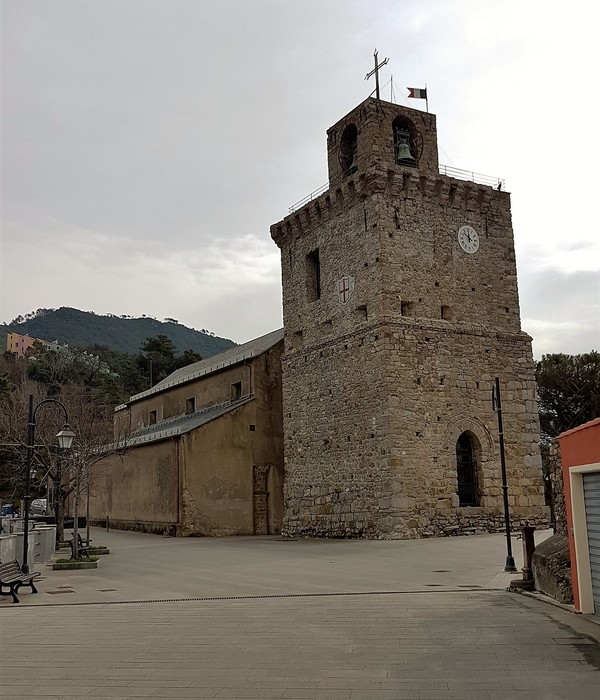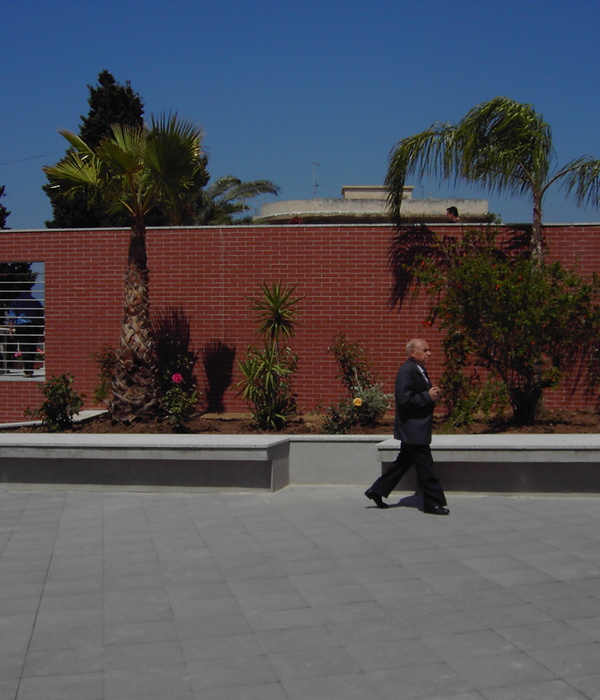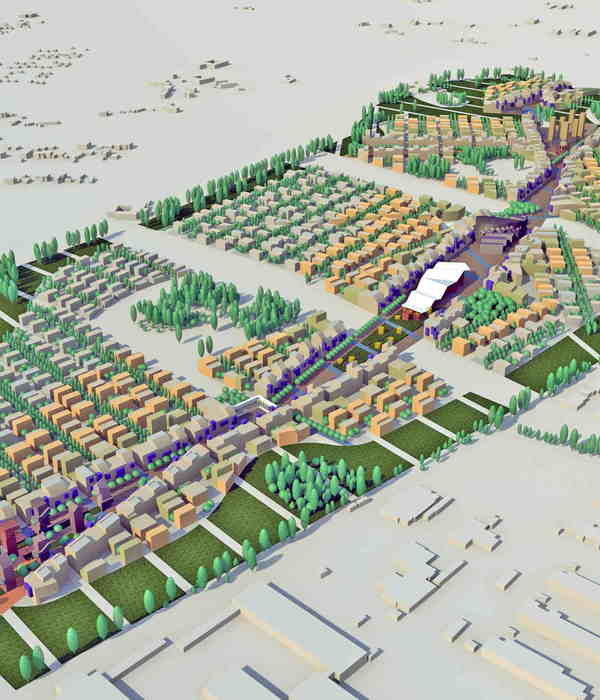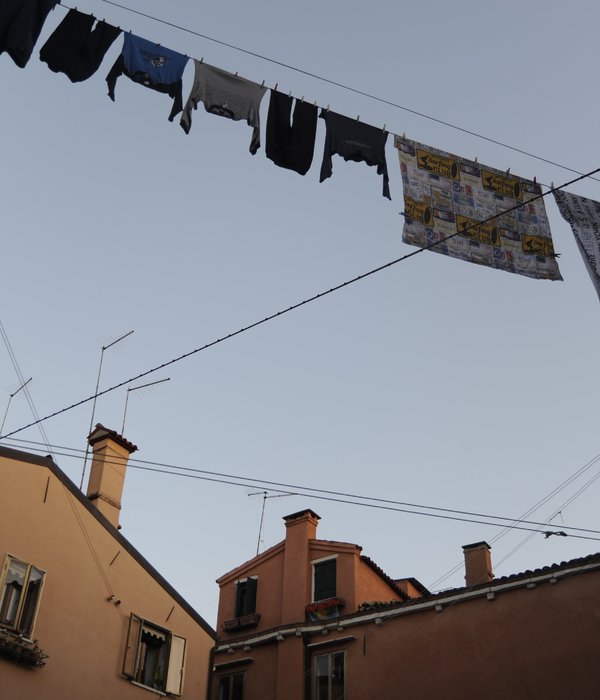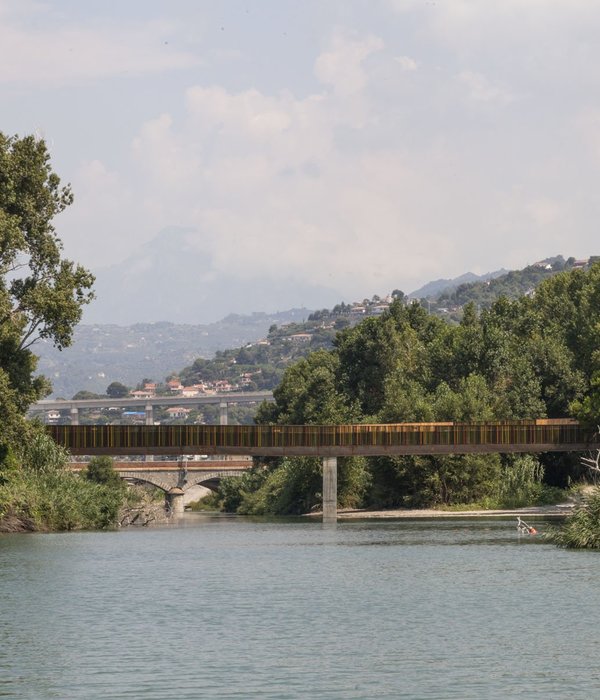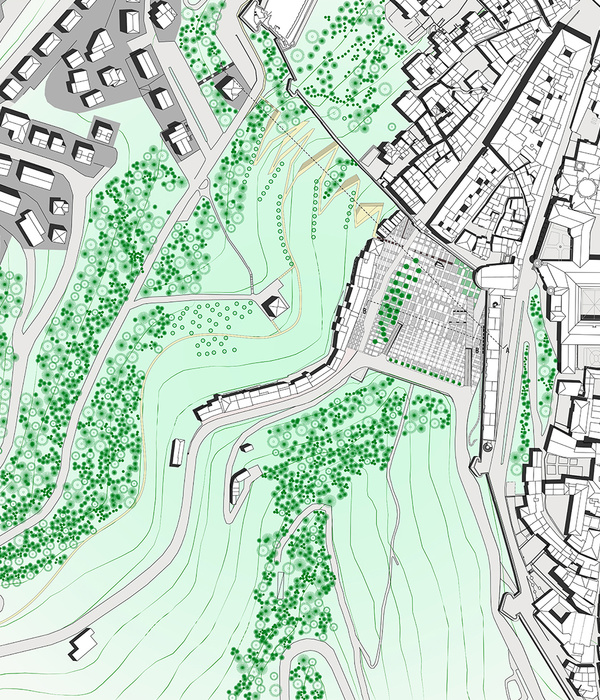Architects:URBANUS
Year :2016
Photographs :Qingshan Wu, Chao Zhang, Yan Meng, UABB
Construction Agency :Shum Yip Land Investment & Development Co.LTD
Building Renovation Stage Lead Architects : Meng Yan
Building Renovation Stage Project General Manager : Lin Yilin
Building Renovation Stage Project Architect : Enchen Rao, Milutin Cerovic
Building Renovation Stage Project Manager : Min Zang
Building Renovation Stage Design Team : Donghe You, Qingzhou Jiang, Kan Liu, Zhi Zheng, Hui Chen, Congyi Li, Mengjun Liao, Chen Shen, Chaoxian Zhang, Yanfeng Wang, Yuxin Peng, Fuping Dai, Haozhou Yang, Shihao Xiao, Yongqi Weng, Jun Cao
Building Renovation Stage Landscape Team : Zhijiao Wei | Guanda Li, Xiao Xu, Qi Cai, Yunong Liu, Ke Han
Site Area : 38,150 ㎡
Floor Area : 12,485 ㎡
Landscape Area : 24,469㎡
Collaborators : Tsinghua-Yuan Ltd., Shenzhen Republic Design & Engineering Co.Ltd
Client : Nanshan District Government
Urban Design Stage Lead Architect : Yan Meng
Urban Design Stage Project Manager : Yilin Lin
Urban Design Stage Design Team : Congyi Li, Kan Liu, Xuejuan Zhang, Wendy Wu | Yanfeng Wang | (Internship) Lin Tian, Na Zheng, Yifan Wang, Siying Han
Façade Renovation Area : 25,700 ㎡
Urban Design Stage Project Manager : Yilin Lin
City : Shenzhen
Country : China
The Nantou Old Town in the city center of Shenzhen, China was founded as a city over 1,700 years ago starting from the Jin Dynasty. In the past century, the ancient town has gradually vanished, while the village was constantly expanding. The exacerbation of urbanization in Shenzhen has resulted in an intertwined layering with complex pattern of the historical town embedded in the urban village, which is again encircled by the city—“village in city, city in village”.
At the beginning of 2016, the design and research team of Urbanus started to be involved in the Nantou Preservation and Regeneration Project and concluded that only by respecting the authenticity of the history and cherishing the cultural layers and historical traces of each period of time can we shape a timelessly dynamic urban community rooted in local history and culture.
We see today’s Nantou not as an old historic town in the traditional sense, but as a historical heritage town, which carries on the history and culture of nearly two thousand years, and which preserves the spatial, social and cultural heritage of Shenzhen across every historical period. It is the only precious sample of Shenzhen’s urban culture that displays both the Millennium culture heritage a long side all optical spectral juxtaposition of China’s rapid urbanization over the last three decades.
Based on the preliminary study on Nantou, Urbanus proposed a development model of promoting the rejuvenation of the ancient city with the guidance of the intervention, promoting the revival of the ancient city with cultural activities with the gradual activation from point to surface. Later on, after sufficient field investigation, urban design and research work in the early stage, we came up with the idea to propose Nantou as the main venue of 2017 UABB in the biennale venue selection process.
The Bi-City Biennale of Urbanism/Architecture (Shenzhen) (shorted as UABB) is themed with Cities, Grow in Difference. Further field surveys and research into Nantou’s historical documents helped us to find a narrative line on which spatial renovation and the exhibition implementation could highly coincide. Following the urban design strategy of preservation and regeneration while locating exhibition spaces for UABB, we sought to reconstruct a public open space system which is very rare in Nantou. Serving as an exhibition route, this system consists of both architectural spaces and outdoor venues in the spot distribution.
The exhibition venues are in five zones from north to south and extending out toward east and west: A. Factory Zone, B. Cross Road Zone, C. Southern Gate Zone, D. Historic Buildings Zone, and E. Chunjing Street Zone. The whole exhibition spatial narrative is formed with “Introduction, Elucidation, Transition, Conclusion, Agglomeration, Openness and Seclusion” seven interlocking themes, like the opening, developing, changing and concluding with rising and falling climax structure of Chinese literature or drama. The urban intervention of this UABB is highly consistent with the old town regeneration plan, making a smooth transition from one to the other.
During the renovation of the main venue, the design team selected a great variety of spaces and tailored to, including factory buildingsin village embedded in city, streets, squares, residential buildings, historical buildings, and parks. We hope through renovation for exhibition spaces and architecture, art with organized events interventions, to bring an alternative experimental opportunity for the regeneration of Nantou Old Town and the renovation of villages in urban in general. Intervening the current urban renewal process in the way of “urban organized exhibition”, is a long-term strategy for the incremental improvement of urban spaces and the quality of urban life.
▼项目更多图片
{{item.text_origin}}

